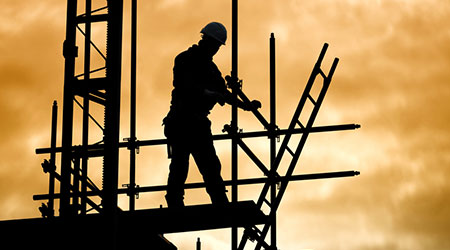
First Steps In Considering A Deep Energy Retrofit
February 18, 2016
Deep energy retrofits are extensive, often disruptive projects that aim to save 30 to 50 percent or more on a building’s energy use. For deep energy retrofits, the right timing and the appropriate scope are two of the most important elements of success. And they’re very much related.
“The fundamental way to know if you have the possibility for a deep energy retrofit is to get a sense of the value it will bring,” says Scott Muldavin, president of the Muldavin Co. and senior advisor to the Rocky Mountain Institute. “If you’re going to prioritize where to spend money, it should be where you can create the most value.”
But the biggest question is how to decide whether to do a simple like-for-like upgrade, or a full-scale deep energy retrofit, or something in between. A deep energy retrofit is a big commitment, of both time and money.
“It’s a really big thing to think about how far you’re going with the work you’re doing,” says Sean Denniston, project manager with New Buildings Institute. “If you’re going to get 30 percent or more savings, you don’t really do that by accident, nor do you do it by doing the basic stuff.”
The Rocky Mountain Institute has identified
seven “triggers” for deep energy retrofits — conditions or situations that make it more feasible to justify the cost of a deep energy retrofit. They are:
1. Adaptive reuse or market positioning.
2. End- (or near end-) of-life roof, window, or siding replacement.
3. End- (or near end-) of-life HVAC, lighting, or other major equipment replacement.
4. Upgrades to meet code.
5. New acquisition or refinancing.
6. Fixing an “energy hog”
7. Portfolio planning
This Quick Read comes from Greg Zimmerman, executive editor of Building Operating Management. He can be reached at greg.zimmerman@tradepress.com. Read more from him about deep energy retrofits.
Next
Read next on FacilitiesNet










